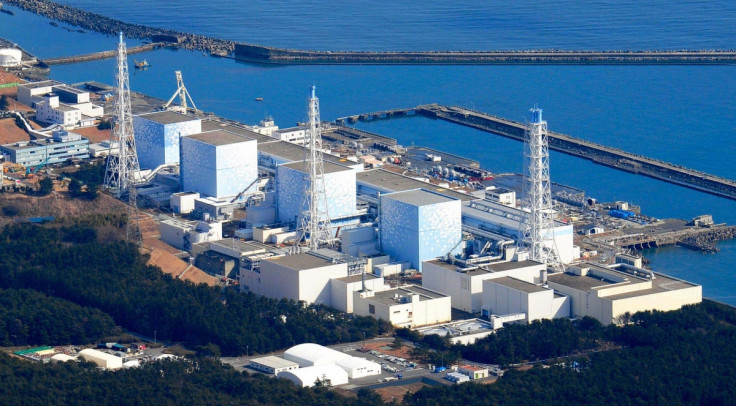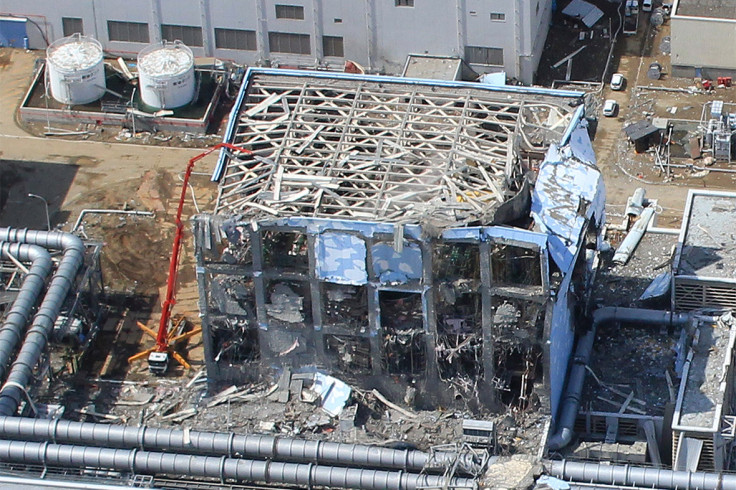Fukushima disaster facts and figures: What happened and what were the effects of the nuclear meltdown?

On 11 March 2011, Japan experienced two natural disasters that triggered one man-made one.
A megathrust earthquake, a giant tsunami and a nuclear disaster all arose within five hours. In just over six hours, 200,000 people had been evacuated.
Over 15,800 people died from the combined effect of the events. More than 2,500 are still missing.
Earthquake
The story began at around 2.45pm, 11 March 2011. A crunching earthquake struck the Pacific Ocean, with a magnitude of around 9.0 – the fourth biggest in the world since 1990.
Striking 80 miles off the Japanese coast, the east coast settlements felt the effects. Shaking and rumbling ensued for around three minutes – hitting g-forces of more than 5g, the same as enduring an F1 heavily braking when travelling at top speed.

This huge amount of g-force exceeded the maximum daily tolerances for three of the six reactors in a nearby nuclear power station – known as the Fukushima Nuclear Power Plant. Reactors 1, 2 and 3 all automatically shut down to prevent further damage from the earthquake – a failsafe mechanism to stop cracks and faults appearing in the exterior of the reactor.
"The reactors closed when the earthquake happened," Jim Smith, from the University of Portsmouth, told IBTimes UK. "But heat was still being produced inside the reactor core.
"This heat was caused by radioactive decay, and you have to keep cooling it. When the reactors shut down, the cooling was supposed to be by an external power source... but that failed too."
The earthquake managed to disrupt one of the two external power sources for the power plant. After that, there was only one more line of defence – 13 emergency diesel generators that were located on-site, at the Fukushima power plant.
Tsunami
The earthquake generated a 45ft tsunami, which struck the coast about 50 minutes later. The giant wave immediately breached the nuclear power station's seawall, flooding the basement levels. This just happened to be where the 13 emergency diesel generators were stationed.
All but one of the emergency generators were flooded and failed.
"That only left battery power to cool the reactors, and that wasn't enough," said Smith. "This caused overheating in the reactor core, and huge amounts of hydrogen gas began to fill the reactors."
Immediately after the tsunami, the authorities were informed of a 'nuclear emergency' as nothing was able to prevent the reactor cores from overheating. If they became too hot, an eventual explosion was likely – an event that would have severe implications for the 1.5 million people living in the Fukushima district.
Boom
It was for that very reason that the government ordered an evacuation at 8.50pm. Everyone within 2km of the plant was ordered to move to a safe distance.
As it became clearer that battery power was not enough to sustain the growing heat inside the power plant, the government felt obligated to increase the evacuation zone to 3km, just half an hour after the first evacuation order.
Seven hours later, this range extended to 10km.
All the while, pressure was rising inside the reactor cores. Radioactive decay continued to raise the temperature of the cores, and hydrogen gas was nearing its maximum capacity.
Just like filling a balloon with too much air, the first reactor eventually popped the following day. On Saturday 11 March, at 3.36pm, Reactor 1 experienced a hydrogen explosion.

The roof was blown off, and the first signs of radioactive decay began to spill into the environment.
Three hours later, the evacuation area was once again increased; this time to 20km.
After the explosion, it became clear that the reactors needed something else to reduce the heat inside. In Reactors 2 and 3, cold water was being pumped into the cores.
While the temperature did begin to slow down its rise, it was not enough to reduce the heat. Inconveniently, by early Sunday morning, the water pumping system failed for Reactor 3.
Subsequently, on Monday 14 March, another hydrogen explosion occurred at the power plant site; this time in Reactor 3. Eleven people were injured in the blast that, once again, blew the roof off of the reactor core.
However, Reactor 4 was also a concern. Despite being switched off from the very beginning, Reactor 4 managed to fill up with hydrogen too. Pipes connecting Cores 3 and 4 meant that the pressure build up in Reactor 3 was unknowingly causing a similar effect in Reactor 4.
While water injection had managed to slow down the pressure build up in Reactor 3, nobody knew how to carry out a similar procedure in Reactor 4.
The blast from 3 was the catalyst for a similar fate in 4. At 6am, Tuesday 15 March, Reactor 4 was the third hydrogen explosion at the Fukushima Nuclear Power Plant.

Reactor 2 was not slipping under the radar. At the time, it seemed attempts to contain this reactor had proved reasonably successful, but that was not the case.
A leak inside the reactor core meant that radiation had been seeping out for days. Later research discovered that despite three explosions from other reactors, it was Reactor 2 that contributed most of the radiation to the outside environment; almost entirely into water.
It was at this point that the government called for anybody in the range of 20-30km of the power station to remain indoors, amid fears that the radiation would spread.
By now, an estimated 200,000 people had been evacuated. Combined with those that were advised to remain indoors, that total reached 390,000.
Effects
As it stands, there have been no reported deaths from the radiation itself.

A World Health Organisation (WHO) follow-up report of the disaster said that the residents of Fukushima received between one and 10 mSv of radiation after one full year of the explosions.
To put that into perspective, a patient receiving a full-body CT scan would receive around 10 mSv of radiation. Scientists have found that for any clear indication of increased cancer risk, a person would have to endure an annual total of 100 mSV.
"The doses [of radiation] at Fukushima were significantly lower than the other major nuclear disaster, at Chernobyl," Smith told IBTimes UK. "Radioactive Iodine was only around for a few weeks after the accident, and that's the radiation that gets into thyroid glands [and causes cancer]."
However, follow-up surveys have been tracking the progress of children following the disaster, and they suggest differently.
116 cases of thyroid cancer in children has been reported since the nuclear disaster, in March 2011. That is roughly 20 to 50 times higher than the national average.
© Copyright IBTimes 2025. All rights reserved.






















